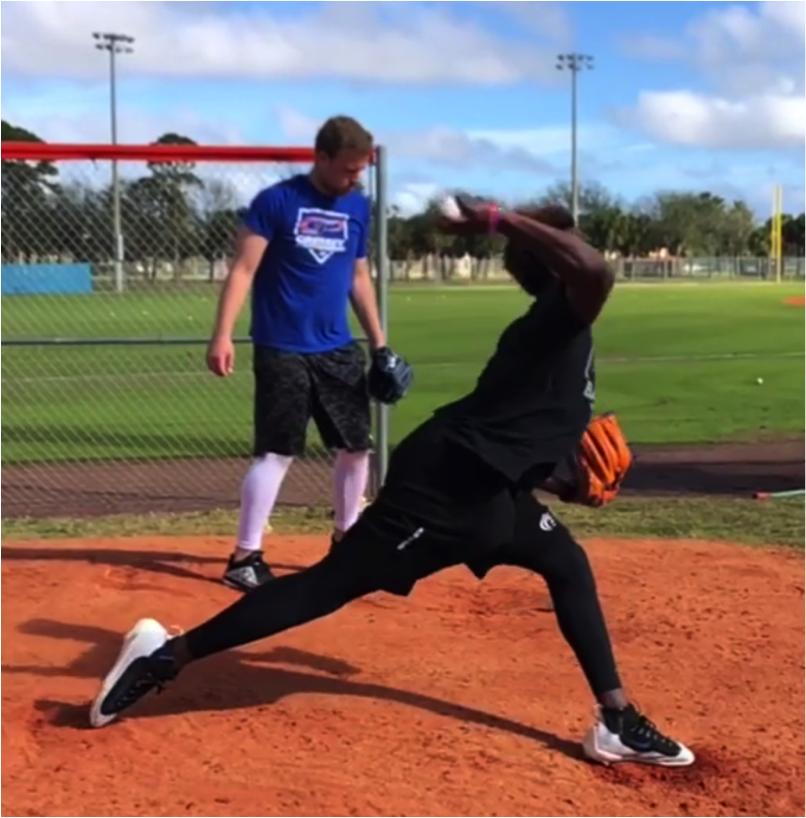
Performance Programming Principles: Installment 3
It’s been a while since I updated this series on program design, so I figured it’d be a good time to throw some new material at you on this front.
1. Ground-to-standing transitions are invaluable, but it’s challenging to know where to put them in programming.
I’m a big fan of exercises like Turkish get-ups and kneeling overhead hold-to-stands, as they’re awesome for “syncing up” the lower and upper body to teach force transfer through a stable core. Yesterday, I posted a video of one of my new favorites – half-kneeling offset kettlebell get-ups – and I got a question about how we’d incorporate this in a program.
The challenge is that these could be considered extended warm-up drills, core work, upper body work, and even lower body work (depending on what variation you’re using) once the load gets heavy enough. A kettlebell windmill can even be viewed somewhat similarly.
With that said, I find myself programming these first thing in an upper body training session. My experience has been that they are a good “transition” from the medicine ball work into more conventional rows, presses, push-ups, etc. They also generally pair really well with most upper body pulling exercises, as they aren’t super grip intensive (gravity helps to hold the KB in the hand).
Later in the offseason, when guys transition to three days per week strength training, we’ll plug these in as part of a full-body session because…well…they’re about as full-body as you can get.
2. Complex training won’t ever be “perfect” when you’re working on power development in the frontal and transverse planes.
We like to work in post-activation potentiation in our offseason programs around December/January. I covered this in a lengthy article, The Stage System, at T-Nation in the past, but a quick synopsis of one benefit is that when you do heavy stuff before lighter stuff, your lighter stuff feels much faster. As a result, complex training – using a heavy strength(high load, lower velocity) exercise right before a movement that’s lower force, higher velocity (e.g., jumps, throws) can be helpful for eliciting greater power output.
Here’s where it gets a bit challenging when dealing with rotational sport athletes. We know that power is relatively plane specific. In other words, just using sagittal plane power exercises like broad and vertical jumps won’t necessarily have great carryover to power in the frontal and transverse planes. Instead, we need to do more things like Heidens (skaters) and rotational medicine ball work. Unfortunately, though, it’s really hard to load people up on the first exercise in the frontal and transverse planes; you can only go so heavy with a lateral lunge.
With that in mind, we’ll often use a more traditional heavy sagittal plane exercise – deadlift, squat, or axial-loaded single leg exercise – for lower reps, but then do the power exercise in the frontal/transverse plane. An example might be:
A1. Safety Squat Bar Squats: 4×3, 30s rest
A2. Heidens: 4×4/side, 120s rest
3. We use more direct forearm work with our pitchers than we have in the past.
For a long time, we really didn’t use any direct forearm work with our baseball players. My feeling had always been that they got plenty of grip work in their regular strength training. Two things changed my mind on this.
First, I saw what a game-changer is it to strengthen throwers closer to end-range external rotation in the 90/90 position. In other words, rather than just expecting arm care work with the elbow at the sides to magically carry over to the positions where guys threw, we actually trained guys at those positions. Novel concept, huh?
Second, thanks to the higher quality slow-motion video we have at our fingertips these days, we can better appreciate that throwers’ forearms get into considerably more supination and pronation throughout the throwing delivery than we were training in the weight room. While we were doing a lot to preserve those ranges-of-motion, we weren’t doing anything to provide good strength throughout those ranges-of-motion.
With that in mind, we attack our direct forearm work in two particular ways: supination/pronation and ulnar deviation. Here are some Instagram posts that’ll walk you through the why:
Nowadays, we’ll work in some of this direct forearm work 1-2x/week at the end of our upper body training sessions with our throwers.
I’ll be back soon with another programming strategy brain dump. Have a great week!



